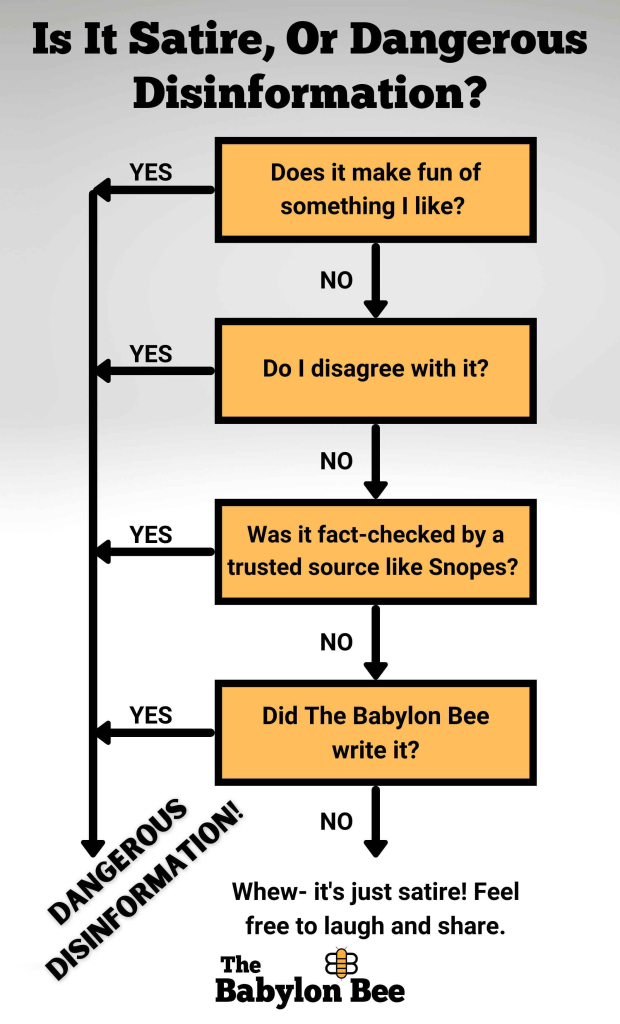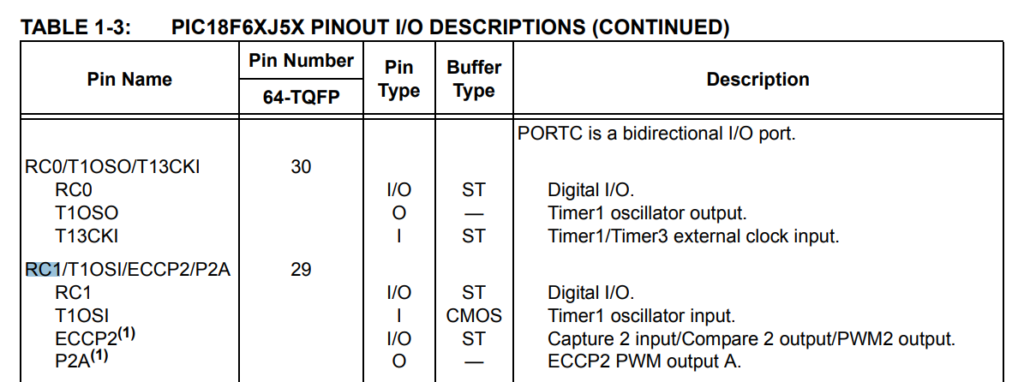RAII: Using stack unwind to manage program flow
Python uses garbage collectors, so onCleanup() might often work, but it’s not guaranteed to. So any code based on that should not be in production
Answer: Context Manager, a glorified try-catch (more specifically try-finally) block with a rigid structure. It’s a pain in the butt and not fun to deal with if you want to deviate from the native ContextManager that came with the resource opener
‘switch’-case is back as ‘match’-case (the advanced uses are different)
New Python finally supports it, ‘switch’ in C is called ‘match‘ in Python and there are many handy and intuitive syntax just like in MATLAB! Horray!
If you try to do anything fancy with mutables in the cases, be careful about the side effects!
Pass by Variable (Copy-on-Write) like MATLAB
Variables are by large references in Python. Everything including integers are some sort of classes (which are in turn dictionaries with special treatment to certain key names). The garbage collector scans for the last guy using that part of memory not referencing it anymore before cleaning it.
Python even have one ‘None‘ for the entire universe with a gazillion things going on pointing to the same memory address where None is stored (that’s why None is idoimatically checked by ‘is‘ keyword which checks the address for speed instead of ‘==‘ which actually verify the contents for speed). If you look up the reference count (see garbage collector) for commonly used numbers like 1s and 0s, there are thousands of ‘users’ of it!
With C++, it’s a mixture. Complex objects are usually passed by reference for performance reasons but simple structs and data types can be passed as variables (C/C++’s nomenclature calls the non-reference/pointers variables though technically references/pointers are just the same integers identified as addresses) that gets cloned and destroyed when they move across function (stack) boundaries.
In MATLAB, they want it industrial strength, so that’d rather not allow anything insidious/non-transparent to happen in your code by keeping it all pass-by-variable, that is everything is supposed to be treated as different copies as it crosses function boundaries. For performance reason, they figured if you passed a big matrix just for the function to read, MATLAB doesn’t really have to clone that so under the hood you can peak into the same matrix that really belonged to the caller through the input variable name. Once your function changes the contents (they are pretending that it’s a separate copy so of course you can), MATLAB painfully makes a whole copy of it (copy-on-write) which you then have to lug the 2nd (modified) copy around when it travels past function boundaries.
Python takes this idea a lot further by having anything that’s exactly the same (including None or string literals) to point to the same object until you ask to change the contents, then it makes a new copy for you to change and point to the new copy specifically for the variable name you are referencing with.
Answer: The way Python prevents variables passed as function arguments from getting modified is to separate variables into mutable (lists, dicts, sets), and immutable (tuples, frozendict is a package right now, frozenset, numerics, strings) types. Anything immutable going past the function boundary gets their own local copy.
Classes Boundaries
MATLAB and C++ has stringent access control, but not in Python. There’s not even const correctness. Just signal your intention with variable naming schemes like all caps and __ prefixes.
C++ does not separate helper functions and class (non-instance) methods. What C++ called static members are really just glorified free functions and global variables tucked under the namespace that happened to be in the class to be accessed by SRO (Scope Resolution Operator ::). Any function, regardless of their association, can access classwise/static members by SRO anywhere.
Python does separate these two concepts though. Class method in Python (decorated by @classmethod), on the other hand, are equivalent to C++’s static methods which they are not allowed to touch anything instance-specific, but they can access anything class-specific. Helper functions, which is called ‘Static Method‘ (decorated by @staticmethod) in Python cannot even touch anything specific to the class.
Variable arguments
C++ doesn’t generally do variable arguments because it defeats signature-based method overloading that uses a function signatures (which is a list of your argument types) to figure out which function to dispatch.
MATLAB uses cell to pack variable arguments. The common idioms are varargin{:} and [varargout{1:nargout}]. To accommodate variable arguments, MATLAB have to give up method overloading but they still have a little bit of it left: they do dispatch based on the first argument’s type and it’s very useful in avoiding a lot of stupid switching by detecting data types: just use a consistent function name interface and have each data type implement its own method with the same name.
In Python, there’s no such thing as multiple outputs (return variables) on Python: you output a list and it always gets unpacked (just like MATLAB’s deal() function) when you type a list out on left hand side. If the left hand side is a singleton, it will get the full list that’s still packed. If you write out the elements (which makes the left hand side a list), the returned list will have elements assigned to the left hand side depending on your syntax.
This is often a point of agony deciding on output format when I develop MATLAB code. Apparently TMW wondered the same thing too because their own factory code is all over the place on this too. Most of the time it’s not a good idea to have a context-dependent (depending on how many outputs the user supplied) even if you can technically do that by detecting nargout in MATLAB, like [varargout{1:nargout}] = f(...).
Answer: My recommendation is to make sure the simple, most common case got priority, and stuff the juicy side info into packaged data structures (such as array or cells/lists) and stick to a fixed output format whether you are in Python or MATLAB
Late Binding in Lambda / Anonymous Functions: Capture it!
This often throw people off in Python. MATLAB uses early binding, which means when you created that anonymous function (aka lambda), the free variables (parameters that are not running, aka the input arguments to the lambda/anonymous-function) captured the snapshot of the local workspace at the moment the lambda/anonymous-function was created!
Python on the other hand, uses the same approach as C++: late binding. This means you have to explicitly capture (make a snapshot copy) the free variables if you want to associate it with the values when the anonymous function (lambda) was created, not to wait until the lambda was actually called/used to look for what values to use in the free variables.
P = 612
# P was not captured, thus late binding
f = lambda x : print{f'input/running:{x}, param/free:{P}')
# P was captured as p, thus early binding
g = lambda x, p=P: print{f'input/running:{x}, param/free:{p}')
P = 721
f(8964) # shows "input/running: 8964, param/free: 721"
g(8964) # shows "input/running: 8964, param/free: 612"
![]()


